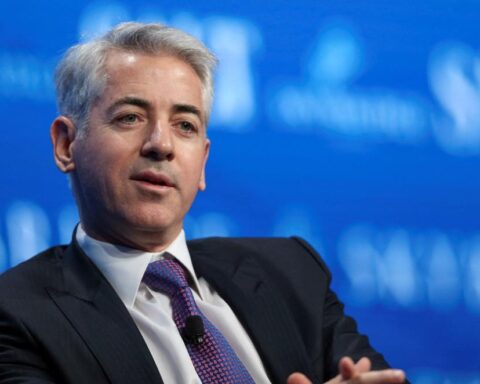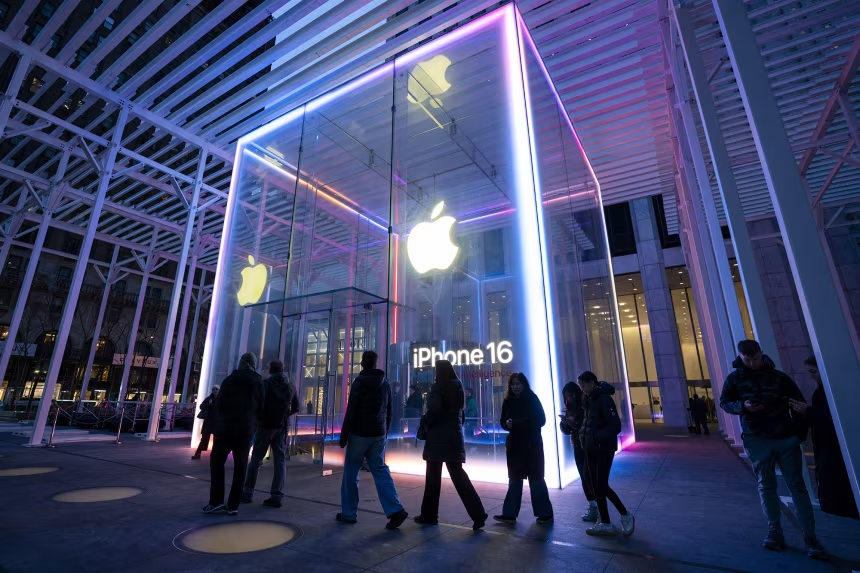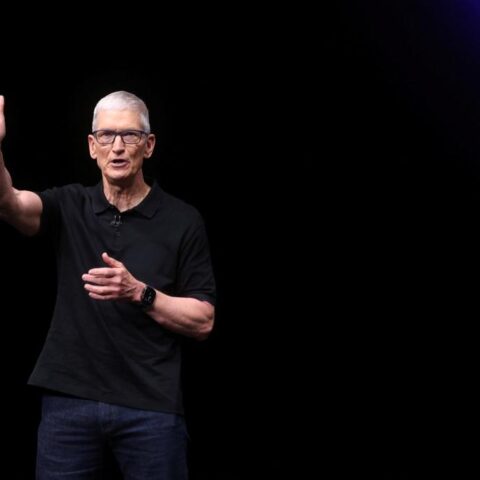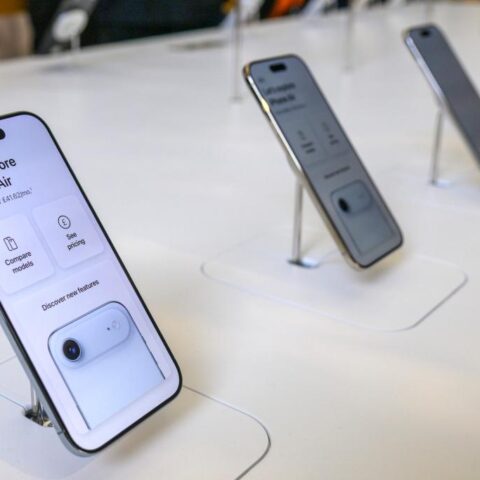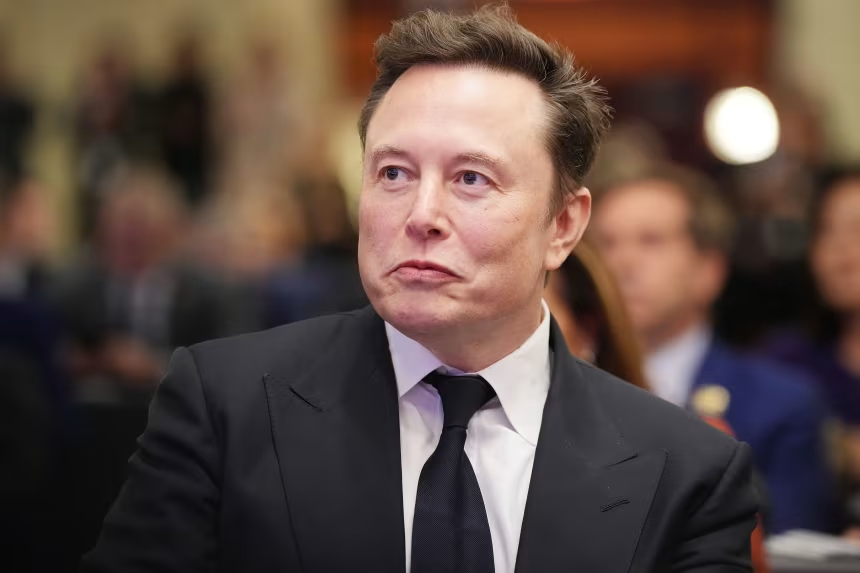Despite a $44.5B iPhone boost and a revenue resurgence in China, Apple braces for a $1.1B tariff hit and faces mounting pressure to catch up in the AI race.
Apple’s Resilient Quarter: A Tale of Growth, Caution, and Catch-Up
Apple has delivered a solid earnings surprise this quarter, with robust iPhone sales and a long-awaited bounce back in China helping restore confidence in its core business. For the three months ending in June, iPhone revenue hit $44.5 billion, far exceeding Wall Street’s expectation of $40 billion and up from $39.3 billion a year ago. This marks a 13% year-over-year growth, setting a new June-quarter record.
Additionally, Apple’s revenue from China climbed to $15.3 billion, up from $14.7 billion in the third quarter of 2024, reversing a trend of stagnation in the crucial market. Overall, the tech giant posted $94 billion in total revenue, representing a 10% annual increase.
Shares of Apple rose more than 2% in after-hours trading—an encouraging, albeit modest, rise compared to competitors like Microsoft and Meta, whose shares surged over 7% and 9% respectively, driven by their aggressive AI strategies.
A Billion-Dollar Tariff Storm Brewing
Amid the financial upswing, Apple CEO Tim Cook acknowledged a growing storm: a potential $1.1 billion tariff-related hit in the upcoming quarter, a significant jump from $800 million last quarter. These costs stem from President Donald Trump’s trade policies, which threaten to impose 25% tariffs on smartphones unless companies like Apple shift manufacturing to the U.S.
To mitigate the risk, Apple has already moved the bulk of its U.S.-bound iPhone production to India, which currently serves as the country of origin for most iPhones sold in the U.S. The company is also maintaining a strong U.S. presence in manufacturing, with 19 billion chips produced domestically.
However, the uncertainty remains. A temporary trade deal between the U.S. and China is keeping tariffs at 30% until August 12, while Trump has recently threatened India with similar tariffs.

The AI Gap: A Growing Concern
While Apple’s hardware remains strong, the company’s position in the AI landscape is far less impressive. Rivals like Google, Meta, and Microsoft are outpacing Apple with headline-grabbing AI advancements. Analysts are increasingly skeptical about Apple’s slow-moving strategy in the space.
A major Siri upgrade—meant to compete with AI agents like ChatGPT and Gemini—has been delayed until next year, despite Cook’s reassurance that “good progress” is being made. In the meantime, Apple’s AI efforts are fragmented, limited to features like emoji creation, text summarization, and image generation—useful, but not groundbreaking.
“We are significantly growing our investments,” Cook emphasized. “Apple has always been about making advanced technology simple and accessible. That’s at the core of our AI vision.”
Apple has acquired seven companies this year, some AI-related, and is reallocating staff to bolster its AI push. But according to Bloomberg, the company is also losing top AI talent to Meta, which could weaken its long-term capabilities.
Leadership Scrutiny Mounts
Industry voices are beginning to question Apple’s leadership direction. Cook, revered for operational excellence, is now being criticized for lacking a strong product vision in an era dominated by technological reinvention.
“He’s a supply chain guy. They need a tech visionary,” said Ted Mortonson, tech strategist at Baird. Two analysts from Lightshed Partners even suggested it may be time for Apple to consider new leadership.
Looking Ahead
Apple’s quarter proves that its flagship product—the iPhone—remains a force to be reckoned with. But in a tech world increasingly powered by AI, software ecosystems, and policy-driven supply chains, growth through hardware alone may no longer be enough.
As tariffs loom and rivals surge ahead in AI, Apple stands at a critical crossroads: Can it evolve fast enough to remain not just a hardware powerhouse, but a technology leader in the AI age?




